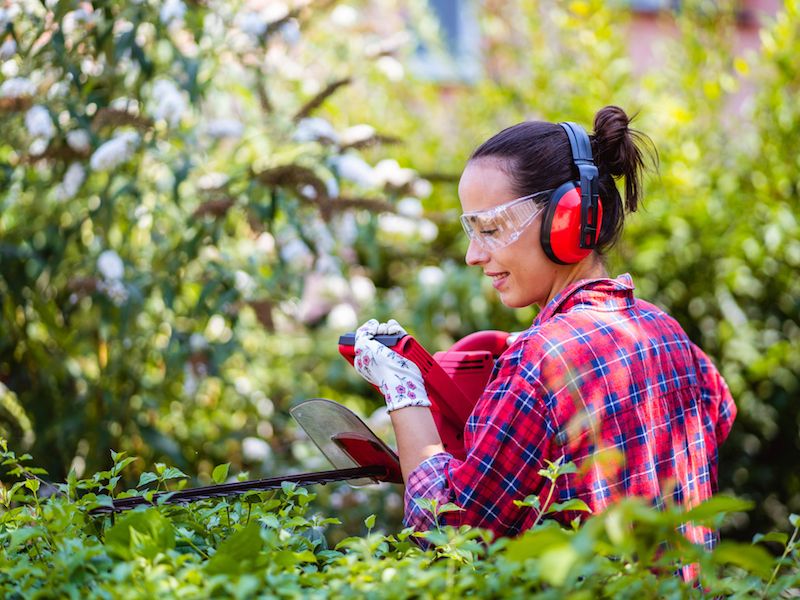
Safeguarding your hearing is a lot like eating right. It’s difficult to know where to start even though it sounds like a good idea. This is especially true if you don’t think your daily environment is especially noisy and there aren’t any apparent dangers to your ears. But your ears and senses can be stressed by day-to-day living, so practicing these hearing protection tips can help preserve your auditory acuity.
The more you can do to slow down the impairment of your hearing, the longer you’ll be able to enjoy the sounds around you.
Tip 1: Wearable Ear Protection
Using ear protection is the most sensible and simple way to safeguard your ears. This means taking basic actions to reduce the amount of loud and harmful noises you’re exposed to.
This means that when it’s called for most people will want to wear ear protection. Two general forms of protection are available:
- Ear Muffs, which are placed over the ears.
- Ear Plugs, which are put in the ear canal.
Neither form of hearing protection is inherently better than the other. There are positive aspects to each style. What’s essential is that you pick some hearing protection that you feel comfortable with.
Tip 2: When Sound Becomes Harmful, be Aware of It
But
The following threshold is when sound becomes harmful:
- 95-100 dB: This is about the noise level you’d get from farm equipment or the typical volume of your earbuds. This level of noise becomes damaging after 15-20 minutes.
- 85 decibels (dB): After about two hours this volume of sound is dangerous.Your hairdryer or a busy city street are both situations where you will find this volume of sound.
- Over 100 dB: In this situation, you can damage your hearing very quickly. Anything above this threshold can injure your hearing in minutes or seconds. Jet engines and rock concerts, for example, can damage your ears in around thirty seconds.
Tip 3: Make Your Phone Into a Sound Meter
We can take precautions to minimize our exposure, now that we have a concept of what volumes will be harmful. But in everyday life, it can be tricky trying to determine what is too loud and what isn’t.
Your smartphone can now be used as a handy little tool. Sound meter apps exist for every type of smartphone.
Having a live sound meter with you will help you evaluate everything you’re hearing in decibels, so you’ll have a far better concept of what hazardous levels really sound like in your daily life.
Tip 4: Keep Track of Your Volume Settings
A smartphone with earbuds is normally the way people listen to music these days. Your hearing is put at risk with this setup. Over time, earbuds set to a sufficiently high volume can cause considerable damage to your hearing.
That’s why safeguarding your ears means keeping a sharp eye on your volume control. You should never increase the volume to drown out noises elsewhere. in order to make sure that volume doesn’t get too high, we suggest using volume settings or app settings.
If your hearing begins to wane, earbuds can become a negative feedback loop; in order to compensate for your declining hearing, you may find yourself continuously increasing the volume of your earbuds, doing more damage to your ears in the process.
Tip 5: Get Your Hearing Tested
You may think that getting a hearing test is something you do only when your hearing starts to diminish. Without a baseline to compare results to, it’s not always easy to detect a problem in your hearing.
Scheduling a hearing screening or exam is a good way to generate data that can be used for both treatment and analytic purposes, making certain that all of your future hearing (and hearing protection) choices have a little bit of added context and information.
Pay Attention to Your Hearing
It would be perfect if you could continuously protect your ears without any problems. But there will always be challenges. So anytime you can and as often as possible, safeguard your ears. Also, get regular hearing examinations. Hopefully, these tips will give you a good start.
